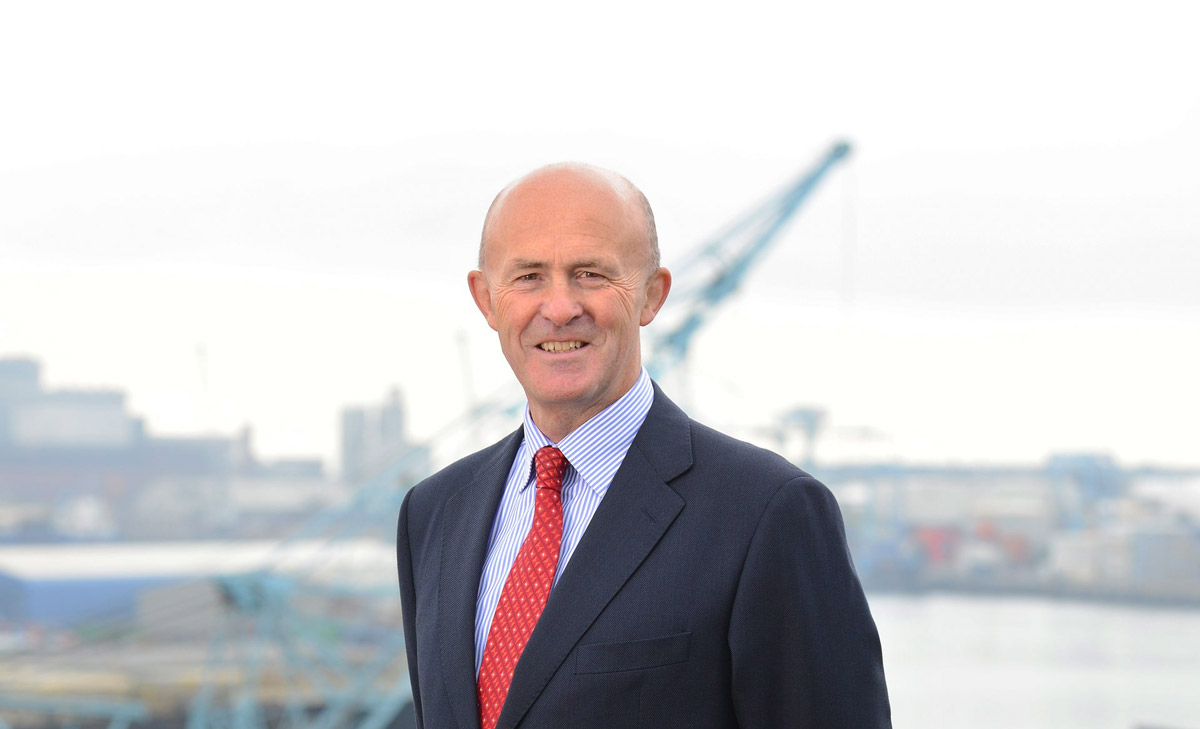Selling Dublin Port down the river is a waste – expansion is the key to its future success

23 August 2017
Back in 2006, the PDs suggested that Dublin Port should be sold off for between €25 bn and €30 bn to enable the creation of A New Heart for Dublin. This idea was comprehensively unpicked in a report for the Government by Indecon in 2009 which concluded that whatever benefits might accrue by moving Dublin Port would be more than offset by the cost of doing it. In other words, it would be a waste of money.
Eleven years on David McWilliams has picked up this notion and is now suggesting that the 640 acres of Dublin Port land should be sold for between €6bn and €7bn. Unconstrained by issues like sustainability, feasibility or viability, it is difficult to know where to begin in response.
Let’s start with location. Dublin Port is where it is for a good reason. The east coast of Ireland is mostly sandy and shallow and there is no natural sheltered area of deep water where a harbour such as Cork could have developed. Instead, Dublin Port grew to what it is today following the construction of the Great South Wall and the North Bull Wall in the 18th and 19th centuries to create reasonably deep water in a sheltered location.
Then there is the size of the proposed new port. Experience of other large infrastructure projects suggests that it would take 20 years to build a large new port.
In 2016, Dublin Port handled 35 million tonnes. By 2040, I reckon this will have risen to 77 million tonnes. Dublin Port’s volume has grown inexorably for decades. Over the 60 years from 1950 to 2010, it increased fourfold. This year will be the third successive record year.
Today Ireland’s population is 4.7 million. The National Planning Framework is being prepared by Government based on an assumed increase to at least 5.6 million by 2040. The only reasonable assumption we can make is that the growth in port volumes we have seen in decades past will continue to at least 2040.
If I was building a new port to replace the existing Dublin Port in 2040, I would make sure it could expand for a doubling in volume thereafter, however long that might take. If you want to get a sense of the scale of this, have a look at the Port of Barcelona.
In the meantime, we have started major construction projects as part of our Masterplan 2012-2040 to provide the capacity that will be needed for the growth to 2040. This brings me to the financials. I don’t know what such a port would cost to build. In today’s money, I reckon north of €3bn. (In its 2009 report, Indecon used a figure of €2bn).
Last year Dublin Port had earnings before interest, tax, depreciation and amortisation (EBITDA) of €54m. However good Mr McWilliams thinks the management at Dublin Port is, we are nowhere near good enough to raise the finance for the building of a new port based on earnings like these even if it were only bridging finance until the hyperbolic €6bn to €7bn came in. And I wouldn’t like to be suggesting to the Government that they throw a few bob in to help the project along.
Now to correct an obvious inaccuracy. When Mr McWilliams says there are 140 people employed in the Port, that refers to Dublin Port Company alone. In fact, there are more than 3,000 employed in the Port by the many operators there.
Mr McWilliams chooses the comparative minnows of Oslo (6 million tonnes) and Copenhagen (16 million tonnes) as exemplars of what should happen in Dublin. I prefer to look to the more relevant substantial ports of Barcelona (45 million) and Rotterdam (461 million).
In the case of Rotterdam, the port has expanded by successive huge infills into the North Sea including, most recently, the 2,000-hectare Maasvlakte 2 development opened in 2013.
In Dublin Port, we no longer view the expansion of the port by further infill into Dublin Bay as an option and, instead, we are working to maximise the use of the Port’s lands to provide capacity for the growth we are projecting to 2040. Already, we have a throughput of 113,000 tonnes per hectare per annum compared to 59,000 in Rotterdam and 44,000 in Barcelona. By 2040, more port capacity at another east coast location will likely be needed. The key point is that this will be additional to the capacity in Dublin Port rather than a replacement. This is the only sustainable and viable way in which future growth in port volumes can be accommodated.
The notion that Dublin Port should be moved was put forward 11 years ago and was comprehensively dismissed then as a waste of money. Nothing has happened in the interim to change this reality.
Comment by Eamonn O’Reilly, Chief Executive, Dublin Port Company
Opinion piece as featured in the Irish Independent on Wednesday 23 August 2017
